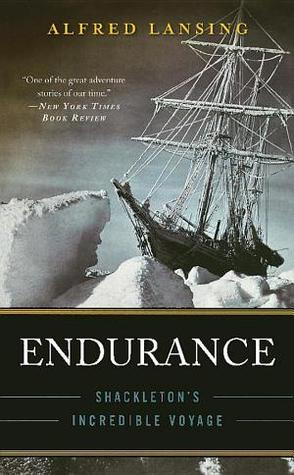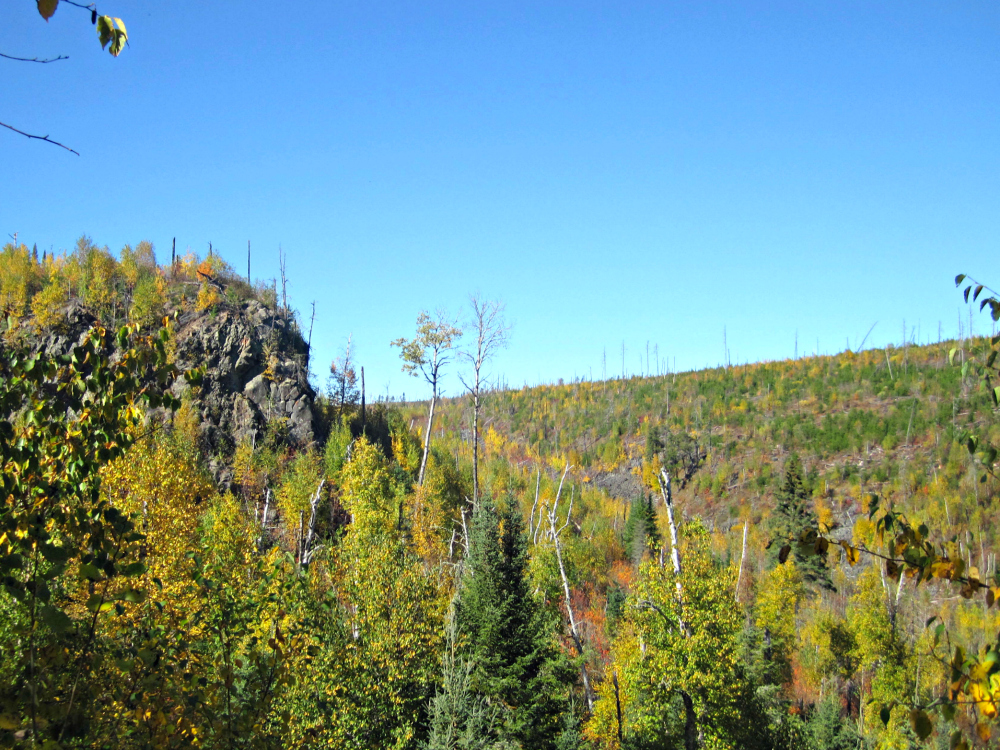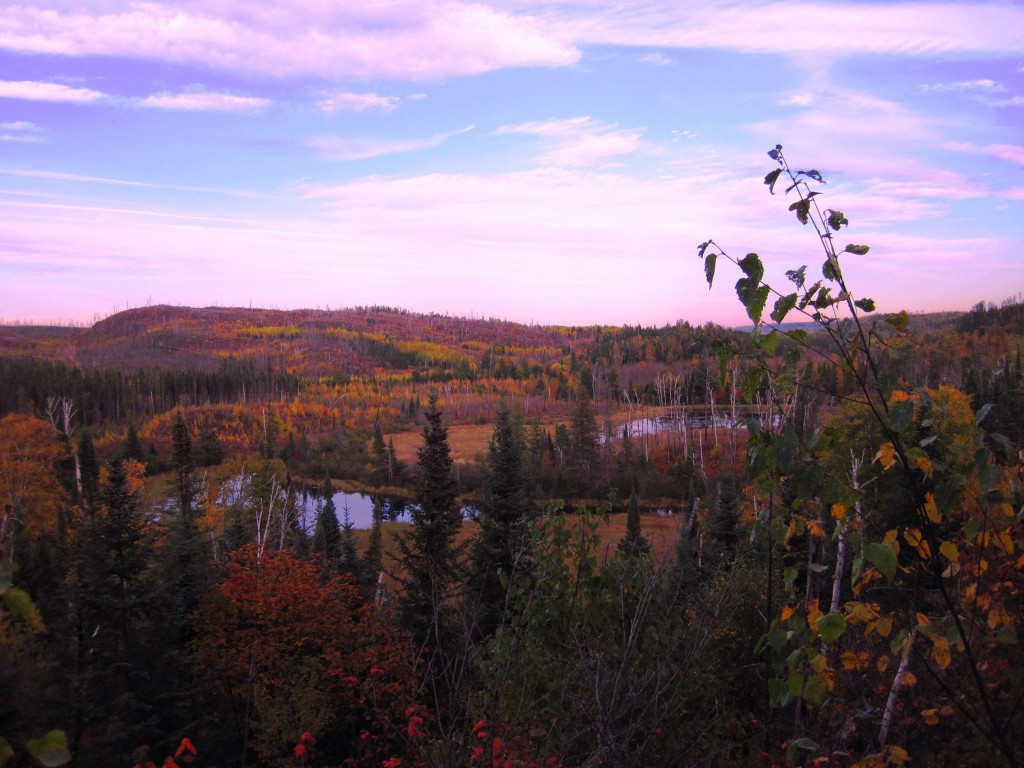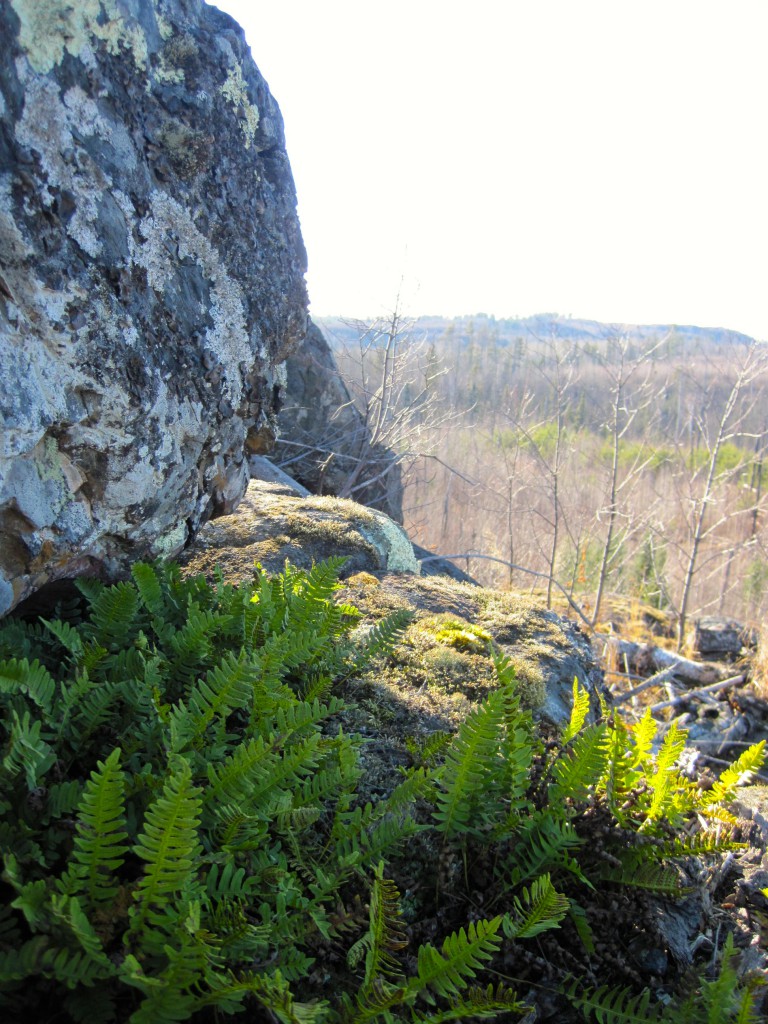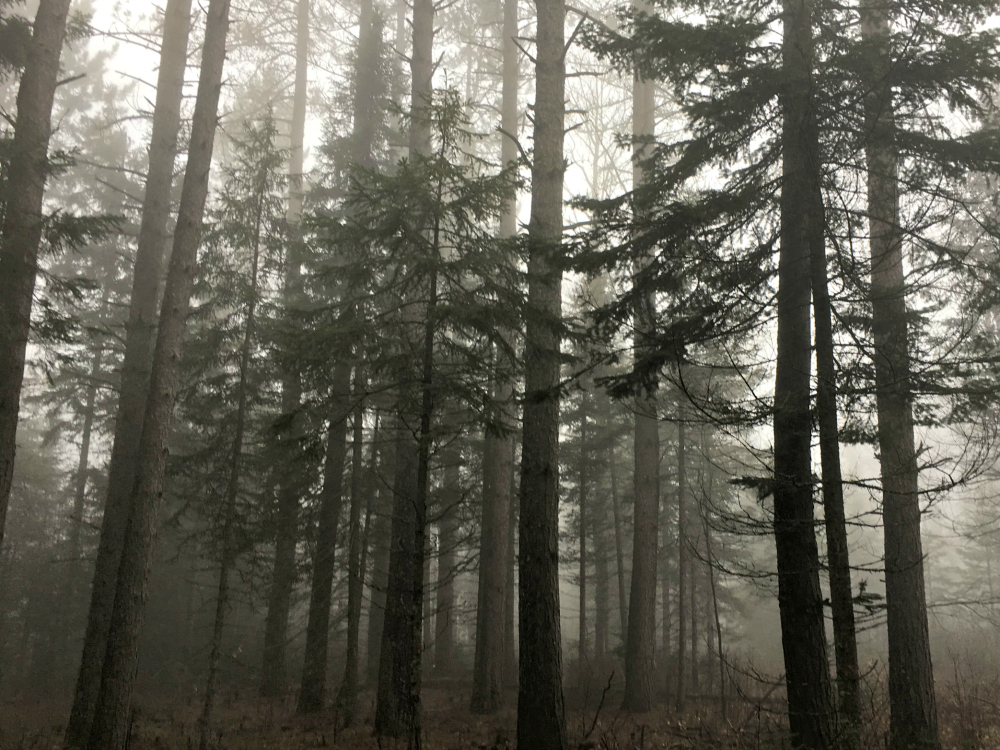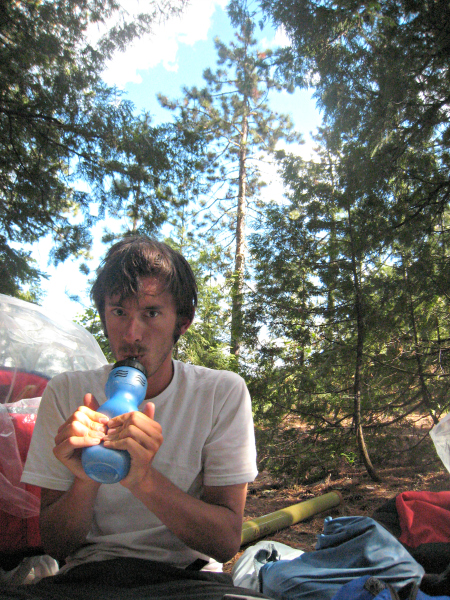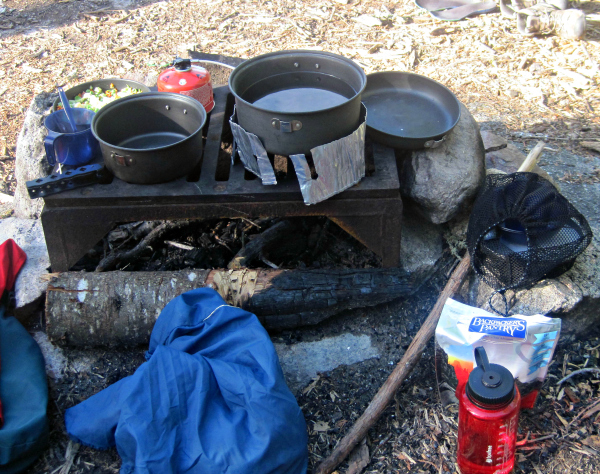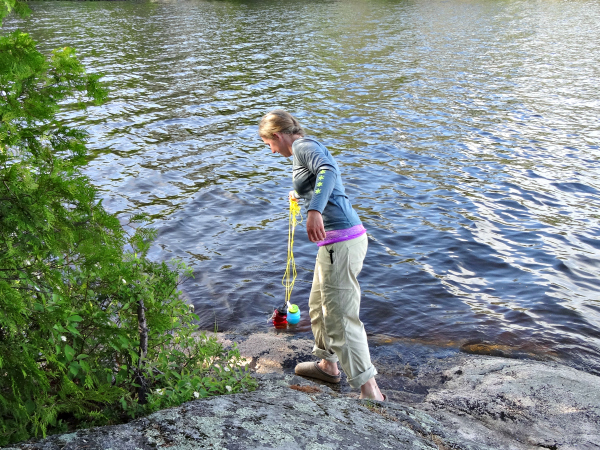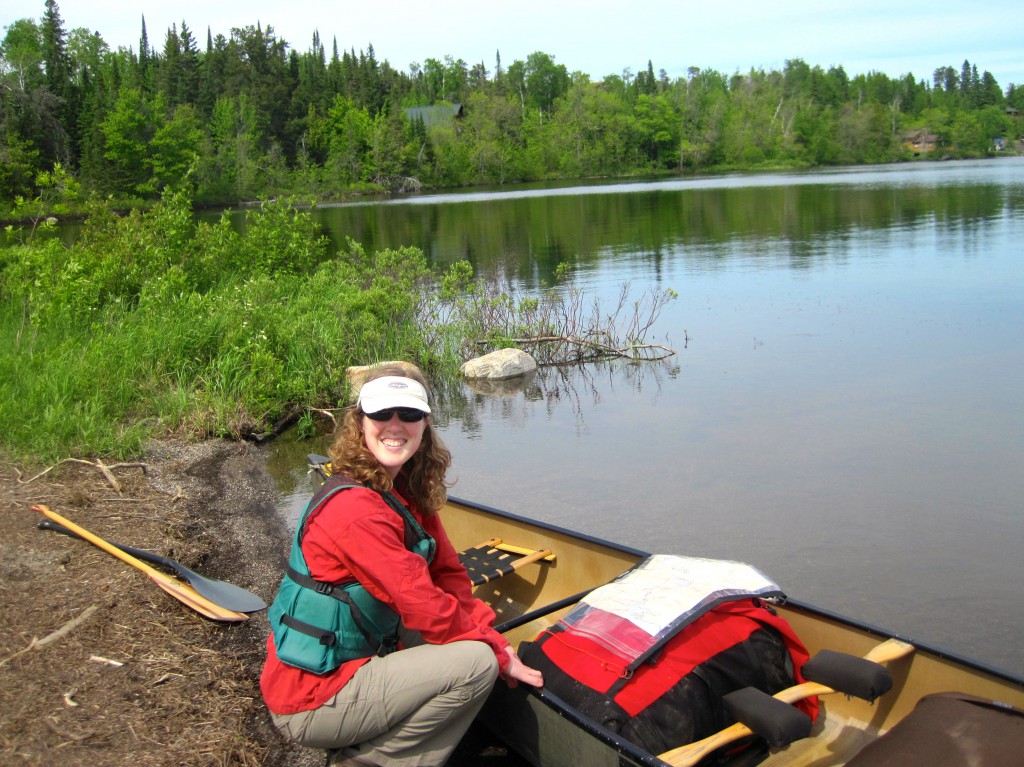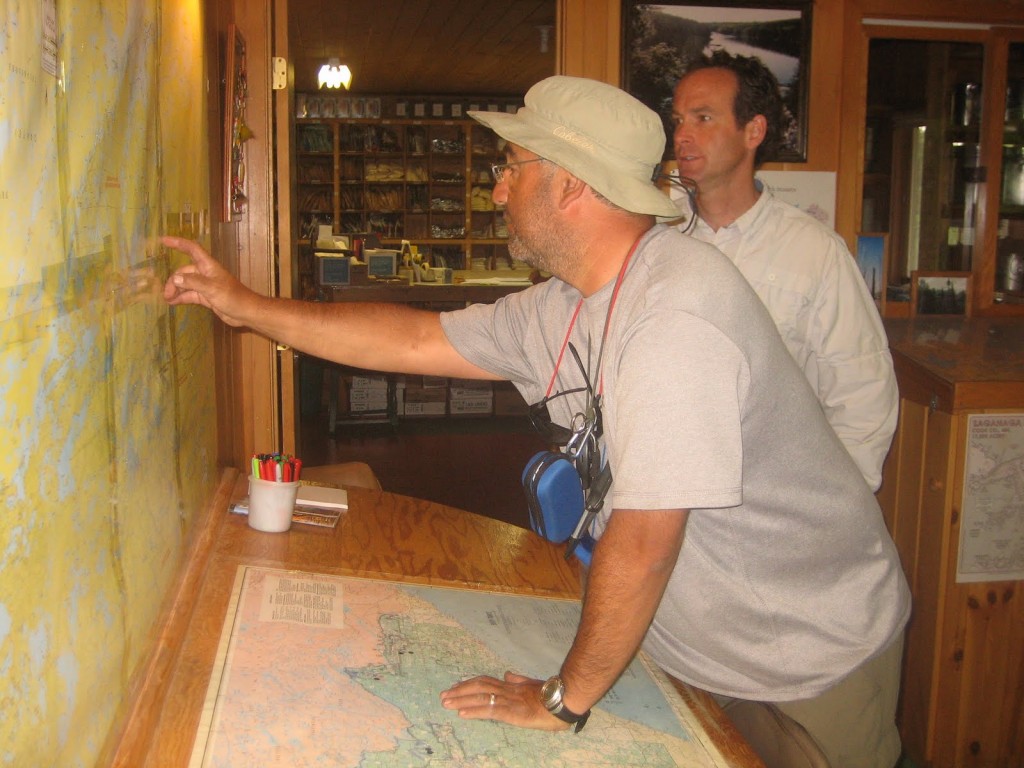
While some Christmas carols would have you believe that the holiday season falls squarely in the middle of winter (hear’s looking at you “In the Bleak Midwinter”), in Minnesota, the holidays pretty much kickstart winter which makes them the perfect time to “present” your loved ones with all their winter gear needs. While we know some of you might not even want to hear the words “holiday gift guide” until the Thanksgiving turkey is a distant memory, we wanted to give you a heads up on the off-chance some of these items go on sale during the Black Friday/Small Business Saturday/Cyber Monday hoopla. After all, there’s nothing worse than discovering the perfect gift idea for the Boundary Waters lover or outdoors enthusiast on your list until right after you’ve blown the last penny on your holiday gift budget, except maybe paying full price for a gift that was on sale . . . last week.

1. 100% Wool Long Underwear Sure, long underwear kind of ranks up there with socks when it comes to Christmas present “wow” factor, but if you have a winter camper on your list, they probably already know wool is king when it comes to Boundary Waters winter wear, and they will love a pair of 100% merino wool long underwear. Great for warmth and wicking moisture, we aren’t super brand loyal when it comes to wool long underwear. I like Minus 33 in midweight and expedition, while Andy finds Icebreaker fits him best.
2. Fleece-lined Flannel Shirts These have inadvertently become the Tuscarora uniform in the last couple years. They check all the boxes for northern Minnesota wear: nice Northwoods aesthetics, cozy, and easy to layer under and over. Honestly, we wear these year-round – as a base layer in the winter, a shirt in the fall and spring, and a light jacket on those cool summer mornings. Bonus: These are on sale for 20% all weekend over at L.L. Bean.

3. Nils Hand Ice Auger No Boundary Waters ice angler should be without a Nils Hand Ice Auger. The fastest, the most efficient way to drill holes by hand, the Nils takes the struggle out of drilling holes and allows you to spend more time fishing.
4. MarCum fish finder If you have an avid ice fisherman on your list who’s looking to step up their ice fishing game, a MarCum fish finder is a good option. We like them because they come in a variety of price points and are pretty intuitive to use. MarCum’s also a Minnesota-based company and we’ve had great experiences with their customer service.
5. Ion Ice Auger While you can’t use this auger in the Boundary Waters, this is a great option for fishing Boundary Waters border lakes such as Gunflint Lake, North Lake, and the Canadian side of Saganaga Lake or lakes in the greater Minnesota area. This auger makes quick work of ice fishing set-up each day. Lightweight and quiet, the battery holds its charge for an exceptionally long time and since it’s battery, not gas, powered, you don’t have to deal with any smoke or stinky fumes.
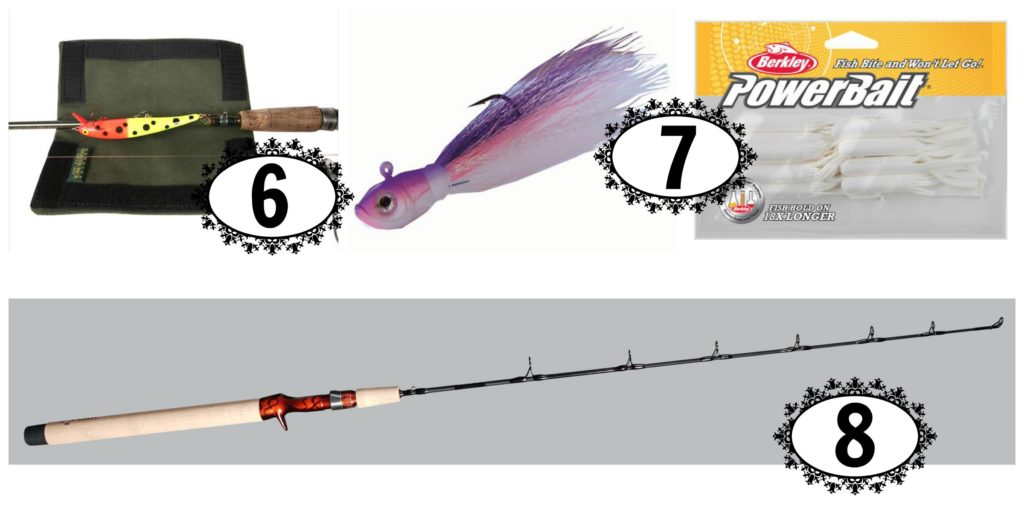
6. Duluth Pack Lure Lockers So simple, but so effective, these are a great gift for your fishing buddy. Made of Duluth Pack’s signature heavy-duty canvas, you velcro these little patches around your lures to cover up hooks, saving you from the headaches of snags and tangles.
7. Lake trout ice fishing lures You can never have too many fishing lures in your tackle box. If you’re looking for an affordable stocking stuffer, consider a couple of our favorite lures to set up your angler for lake trout ice fishing season. We like Berkley PowerBait 3 in. Power Tubes in white for targeting large lake trout, while these Northland baits (which I affectionately call “My Little Pony” baits due to their sparkly, pastel palette) are a good bet for lakes with more moderately sized lake trout.
8. Haat Rods Good ice fishing rods are hard to find and these are great ice fishing rods at a good price from a small Wisconsin-based business. These are well-made, high quality rods with good action that are a step above what you can find in your average outdoor goods box store.

9. Hydroflask 32 oz Wide Mouth Insulated Stainless Steel Bottle We’ve had our Hydroflask bottle for years and it goes on basically every one of our outdoor winter adventures. It really does live up to its hype of keeping drinks hot for 12 hours. We’ve used it to bring soup for lunch while we’re out ice fishing, but mostly we use ours to keep our coffee hot . . . see item 10 on the gift guide list . . .
10. Alakef French Roast coffee beans Sorry, we can’t come to your home on Christmas morning to whip up some of Tuscarora’s famous French toast, but you can have a taste of Tuscarora in your coffee cup this winter. We brew Alakef’s French roast in our dining hall, so if you’re wondering what the secret is to our coffee, here we go. Roasted in Duluth, buying Alakef coffee is a delicious way to keep your gift dollars local this season.
11. Camelbak H.A.W.G. Mil Spec Backpack We got this backpack for me to take hiking through the Peruvian Andes because I needed a backpack with a chest and waist strap and the idea of not fumbling with a water bottle at 15,000+ elevation was appealing. Turns out, this is the perfect sized day pack and sits comfortably on both Andy and my backs. We don’t often use the Camelbak insert, but it does come in handy on longer hikes. It also works very well as a carry-on bag, fitting easily under the seat in front of you so you don’t have to get into hand-to-hand combat over the overhead bin space.
12. Light My Fire Original Swedish Firesteel Whether you ice fish, winter camp, snowshoe, or cross country ski, having the ability to start a fire is one of the best things you can do for winter safety. This small, compact magnesium fire starter is a great option for the Christmas stocking. Unlike matches, the Swedish Firesteel will work even if wet and the striker handle doubles as an emergency whistle.
P.S. None of the links below are affiliate – we just really like these products and think they could make your winter Boundary Waters adventures even better.
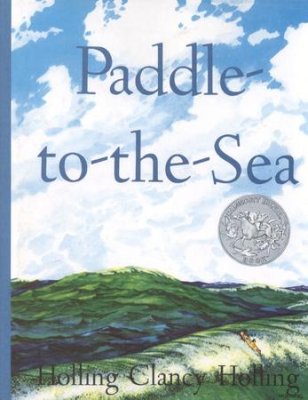
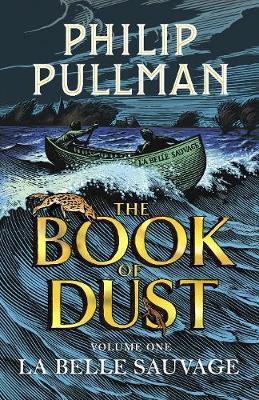
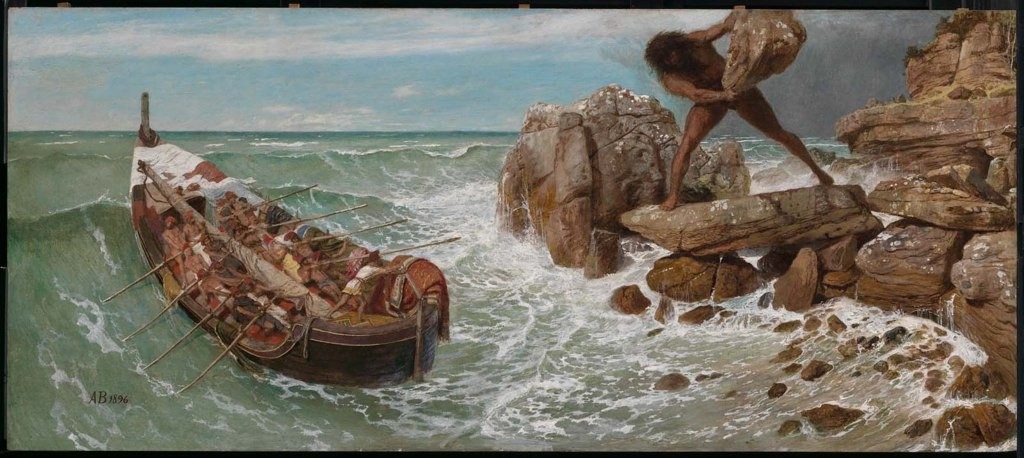 The Odyssey, by Homer
The Odyssey, by Homer